Revolutionizing Homes: Eco-Friendly Prefab Structures and Sustainable Roofs
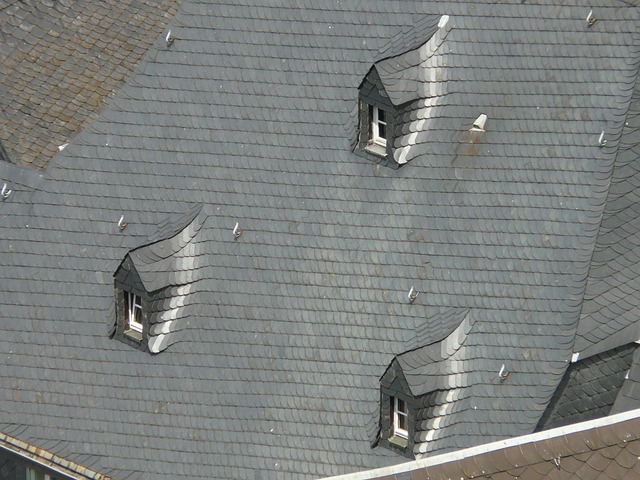
Eco-friendly prefab roofs are gaining traction as a sustainable solution, integrating solar panels,…….
Understanding Prefab Roof Installation
Prefab roof installation refers to the process of constructing a roof structure off-site, in a controlled environment, and then transporting it to its final location for assembly. This method is part of the broader category of prefabrication, which encompasses the pre-construction of various components of a building. Prefab roofs are manufactured using advanced techniques and materials, ensuring precision, efficiency, and durability. The core components of a prefab roof typically include structural elements like trusses or beams, insulation materials, cladding, flashing, and waterproofing systems.
The historical context of prefabrication dates back to the early 20th century when the industrialization of building processes began. Over time, prefab roof installation has evolved, becoming increasingly sophisticated with the integration of new technologies and materials science advancements. Today, it is a critical component in sustainable construction practices, offering faster build times, reduced waste, and less site-related disturbance.
Global Impact and Trends
The impact of prefab roof installation is felt across the globe, with its influence growing as urban populations expand and the demand for affordable, efficient housing solutions rises. Key trends shaping this industry include a shift towards sustainable and green construction practices, technological innovation, and the adaptation of modular design principles to accommodate various architectural styles.
In North America and parts of Europe, prefab roof installation is gaining traction due to its cost-effectiveness and the ability to meet stringent environmental standards. In Asia and Africa, the trend is influenced by rapidly urbanizing populations and the need for rapid deployment in areas prone to natural disasters. The Middle East and Latin America are also exploring prefab solutions as a means to tackle housing shortages and extreme climatic conditions.
Economic Considerations
From an economic standpoint, prefab roof installation presents several advantages. It offers cost savings through reduced labor costs, less material wastage, and shorter construction times. Investment patterns reflect a growing interest in sustainable building practices, with significant capital being directed towards innovation in prefabrication technologies. These economic dynamics are critical for industries ranging from materials manufacturing to transportation and logistics, creating a ripple effect across the construction ecosystem.
Technological Advancements
The technological advancements in prefab roof installation are profound, with developments in materials science, design software, and automation leading the way. Innovations such as lightweight, high-strength materials have revolutionized the structural integrity of prefab roofs. Advanced computer-aided design (CAD) and building information modeling (BIM) allow for precise planning and virtual simulations before actual construction begins.
Looking ahead, the integration of smart technology into prefab roofs promises to enhance energy efficiency and adaptability to environmental conditions. The use of photovoltaic panels and green roof systems is becoming more prevalent, aligning with global sustainability goals.
Policy and Regulation
The governance of prefab roof installation is shaped by a mix of local, national, and international policies. Building codes, zoning regulations, and environmental standards all play a role in determining how these structures are designed, constructed, and deployed. In some regions, incentives for sustainable building practices encourage the adoption of prefab solutions.
Regulatory frameworks ensure safety, quality, and compliance with energy efficiency standards. These regulations also foster innovation by setting benchmarks for performance and encouraging best practices in the industry.
Challenges and Criticisms
Despite its advantages, prefab roof installation faces challenges such as public perception, transportation logistics, and integration with existing infrastructure. Criticisms often revolve around the perceived uniformity of designs, potential for increased costs due to specialized handling and transport, and the environmental impact of manufacturing processes.
To address these issues, stakeholders can invest in research and development to improve the efficiency and sustainability of transportation methods, design more varied and aesthetically pleasing structures, and ensure that prefab roof installation aligns with local building traditions and community needs.
Case Studies
Several case studies exemplify the successful application of prefab roof installation worldwide. In Scandinavia, modular roof systems have been used to create energy-efficient homes that can withstand harsh weather conditions. In Japan, innovative designs have addressed both aging infrastructure and earthquake resilience. In the United States, prefabricated roofing solutions have been instrumental in disaster relief efforts, providing quick and durable shelters.
These case studies highlight the versatility of prefab roof installation, showcasing its application in various climates and contexts. They also underscore the importance of collaboration between architects, engineers, and construction professionals to achieve optimal results.
Future Prospects
The future prospects for prefab roof installation are promising. As global populations continue to grow and urbanize, the demand for efficient, sustainable building solutions will likely increase. The industry is poised to expand its capabilities through further technological advancements and by adapting to evolving regulatory environments.
Emerging trends suggest a greater emphasis on customization, integration with renewable energy sources, and the use of recycled materials. Strategic considerations for stakeholders will focus on enhancing the skills of the workforce, promoting innovation, and ensuring that these systems remain cost-effective while minimizing their environmental footprint.
Conclusion
Prefab roof installation represents a significant advancement in modern construction practices. Its potential to meet the challenges of urbanization, sustainability, and affordability makes it a critical component of the future built environment. By addressing the technological, economic, and regulatory hurdles, the industry can continue to evolve and provide innovative solutions that meet the needs of an ever-changing world.
FAQs
What are the benefits of prefab roof installation?
Prefab roof installation offers cost savings, reduced construction times, less site disturbance, and the ability to meet sustainability goals.
How does regulation impact prefab roof installation?
Regulations ensure safety, quality, and compliance with energy efficiency standards, fostering innovation and best practices within the industry.
What are some challenges associated with prefab roofs?
Challenges include public perception of uniformity, transportation logistics, integration with existing infrastructure, and environmental impact of manufacturing processes.
Can prefab roofs be used in disaster relief efforts?
Yes, prefabricated roofing solutions are often deployed quickly and efficiently in areas affected by natural disasters to provide durable shelters.
What is the future outlook for prefab roof installation?
The future outlook is positive, with potential growth in customization, integration with renewable energy sources, and the use of sustainable materials, all while remaining cost-effective and minimizing environmental impact.

Eco-friendly prefab roofs are gaining traction as a sustainable solution, integrating solar panels,…….
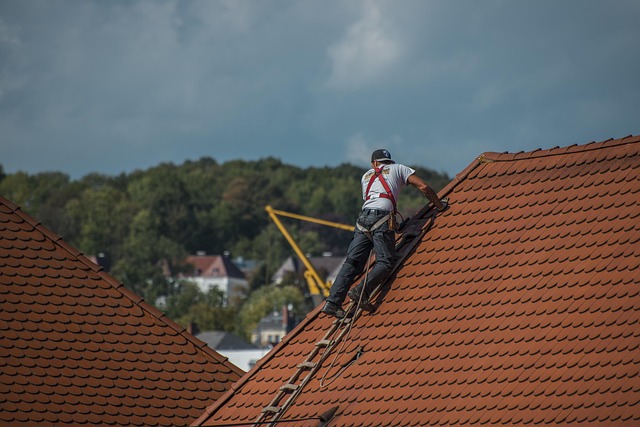
Custom prefab roof designs prioritize insulation efficiency and ventilation for year-round comfort a…….

Prefab roofing solutions are transforming modern construction by addressing the challenges posed by…….

Lightweight materials are transforming the construction industry, especially with prefab roofing for…….

The market demands architectural solutions that marry form and function seamlessly, particularly in…….
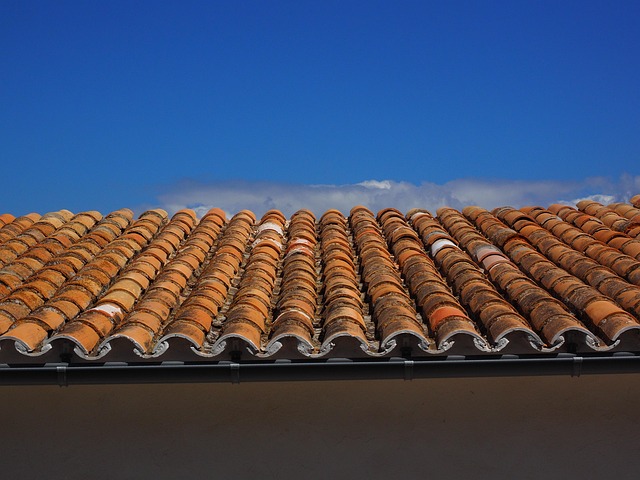
Commercial prefab roof installations are transforming construction by offering faster, more cost-eff…….
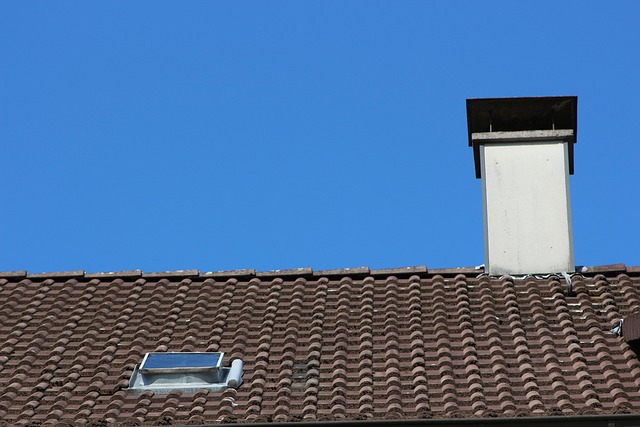
Weather-resistant pre-engineered roof systems offer superior durability and strength, making them id…….
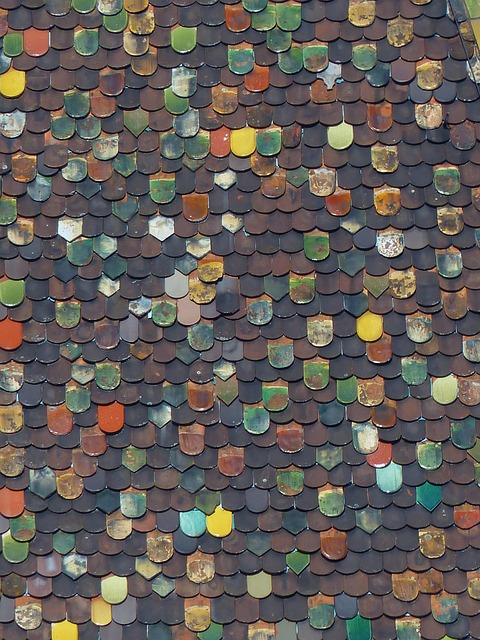
Eco-friendly prefab roofs are gaining popularity as sustainable alternatives in modern architecture,…….

Lightweight materials are transforming construction, especially prefab roof installation services, b…….
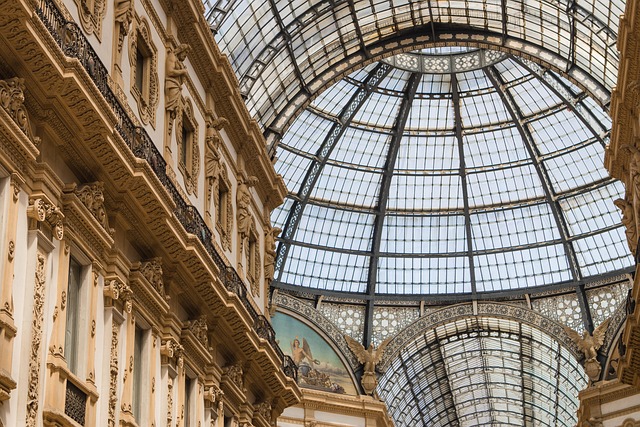
Pre-engineered roof systems are revolutionizing modern architecture with their factory-produced, cus…….